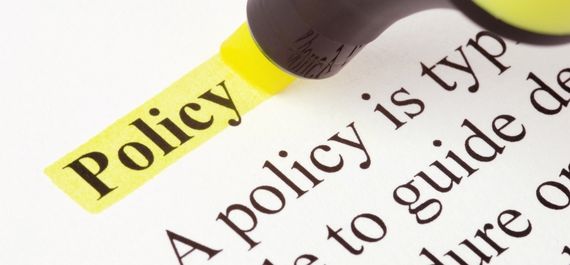
The Da Vinci University Plagiarism Policy sets forth the following policy in an effort to maintain and uphold high standards of ethical academic conduct.
- What plagiarism is: Plagiarism is the offering of someone else’s words, ideas, or conceptions as if they were their own. Students are indeed encouraged to draw upon the information and wisdom of others, but are always expected to state such sources so that a) their own creativity can be justly appreciated and b) their use of sources (like a scientist’s experiment) can be verified by others.
- How plagiarism is identified: To establish the occurrence of plagiarism, it is not necessary to prove intent. All students are responsible for knowing or learning what academic honesty is. At Da Vinci University, plagiarism will be deemed to have occurred when one or more of the following external evidences are present:
- The writing of a student includes word for word passages taken without explicit and accurate acknowledgment from a source written by another, provided that the cumulative borrowing includes at least ten words. “Explicit and accurate acknowledgment”means the use of quotation marks and a verifiable citation of source, either in parentheses or by footnote, at the point of indebtedness.
- The writing of a student closely resembles another source in thought, order, or diction (including synonyms) for a cumulative resemblance of three or more sentences, without explicit and accurate acknowledgment as defined in #1 above.
- Two or more papers or exams, submitted at the same time, contain resemblances in factual or stylistic detail which are decidedly outside normal probabilities of coincidence.
- A paper or exam contains terminology or information which the student, on questioning, cannot explain.
- A paper or exam contains unusually detailed data for which the student does not produce a verifiable source.
- These same principles hold for the inclusion of borrowed diagrams, mathematical statements, tables, and pictures.
*If the student is unsure about whether their writing has sufficiently acknowledged outside sources, he/she should consult with either their course instructor or before submitting final copy.
III. Plagiarism Offense
Any instructor who has assembled evidence of plagiarism will first offer the student a chance to provide an alternate explanation of the evidence or to admit fault. If the inference of plagiarism remains, the instructor may choose one of these options (listed in order of increased severity according to the extent and evident deliberateness of the deceit).
The first two options suppose that the plagiarism is not extensive, or that it would not have given the student substantial academic advantage such as full course credit or high course grade, or that the instructor has clear reasons to believe that the plagiarism can be accounted for by ignorance which though subject to discipline is genuine.
- Offer the student a chance to provide an alternate explanation of the evidence or to admit fault.
- Reprimanding the student and requiring a revision of the work to eliminate plagiarism or an additional paper, or exam.
- Lowering the grade for the paper or exam (even as far as F) without opportunity to regain the lost credit.
The remaining options would come into play if the plagiarism is extensive; or if it would have given the student substantial academic advantage, or if the student had previously been warned against it.
- Directed withdrawal of the student from the course with opportunity to retake the course.
- Failure of the student from the course.
- Referral of evidence to the Da Vinci University Academic department for appropriate disciplinary action (which may go so far as suspension or dismissal) following the Student Integrity and Academic Honesty Policy.
- Records
Any action beyond 1) will be reported to the Da Vinci University Academic department for notation in the student’s file. The Da Vinci University Academic department reserves the right to review each instance of plagiarism as a case by case basis and respond accordingly.
